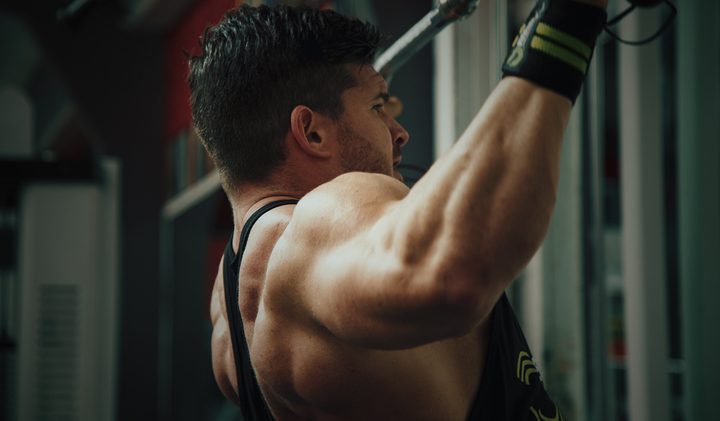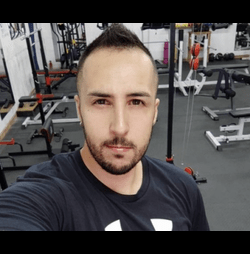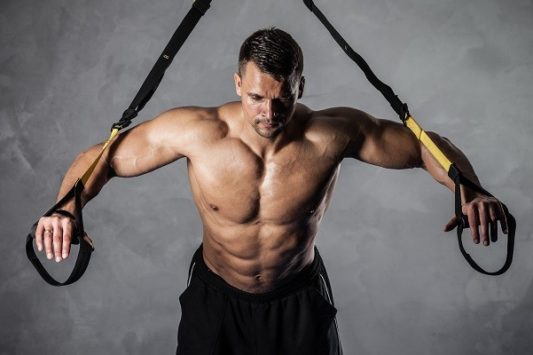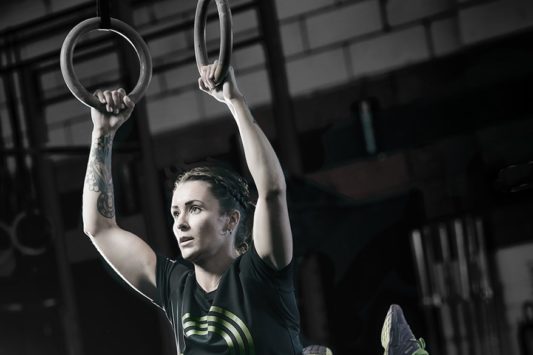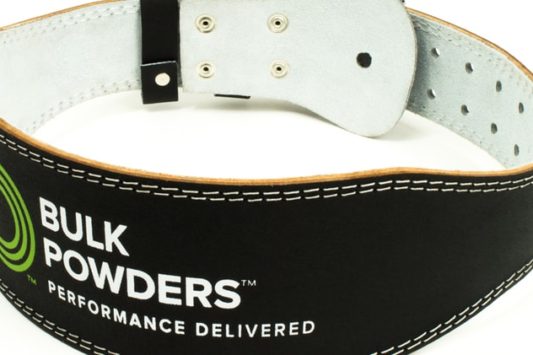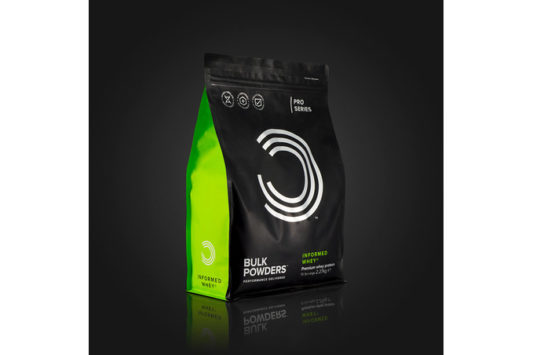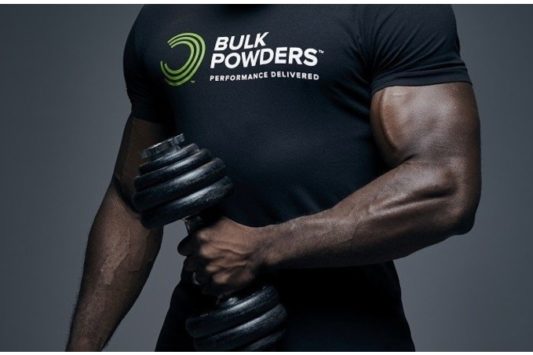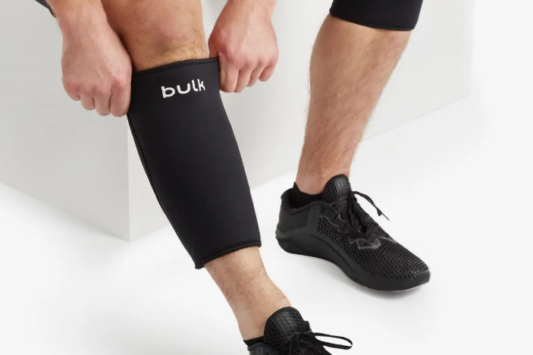5 tips to improve your traction power
Pull-ups (or pull-ups) are undoubtedly the king of all upper body exercises, and it is exactly for this reason that it is called the upper body squat. You can’t honestly consider yourself strong until you master it!
The lat pull-down (i.e. the traction to the lateral machine) cannot even come close in comparison with the power of the pull-up. Although I don’t mind occasionally doing a little pull-down to give variety to the workouts, I am convinced that the pull-up is the most effective exercise for developing the upper back . No other back exercise can be compared to pull-up because lifting the body creates maximum neuromuscular activation.
FUNCTIONAL STRENGTH
Being able to lift your body weight is, more than any other exercise, a useful functional strength test, it is an excellent method to measure your strength in relation to your weight. A huge number of men and women can’t even pull; only strong men and women succeed. I’m sorry to disappoint you but if you can’t, you’re just not strong.
If you want to significantly improve your upper body strength, and to succeed in the pull-up I give you 5 tips to do it, they could be exactly what you were looking for!
ELASTIC STRAPS OF RESISTANCE
Performing a pull-up requires a basic level of strength; particularly heavy women and people, both male and female, may not have the strength to perform multiple repetitions. I do not encourage the use of assisted pull-up machines because they do not stimulate the use of the upper back stabilizing muscles. I suggest the use of elastic resistance bands that help in traction by adding momentum (concentric) in the ascending phase of the exercise and therefore providing that extra touch of assistance by transforming the pull-up into an exercise for everyone.
Elastic resistance bands are widely available and have different colors based on their degree of resistance. Yellow tends to offer minimal resistance; red and green provide a medium level while blue, black and orange offer the greatest resistance. If you are a beginner, start with an elastic band that allows you to do at least 5 pull-ups, then once you are able to perform 12 pull-ups, switch to an elastic band with lower resistance.
CONSTRUCTION THE STRENGTH
If you want to achieve a certain number of repetitions, you need to build and increase your strength by using at least 80% of your maximum power. Deadlifts, inverted tractions and tractions with the TRX are fantastic exercises to control intensity and increase strength.
Eccentric tractions (i.e. with descent control) are another great way to build strength: with a jump, bring your chin to the height of the bar, then slowly lower until the arms are fully extended, jump again and repeat. It is easier to use your strength in the descent control phase, so you should not find this exercise too demanding. Start with a 3 – 6 second relaxation and then try to increase. Once you’ve done at least 6 negative reps with good control, you should be ready to do a full pull-up!
VARIATION OF THE HANDLE
Make sure to use a variety of different sockets to affect different parts of the back. When I train most of my clients, I use a variety of different grips to use as many muscles as possible. This will also help avoid overuse injuries and inflammation.
There are numerous possible handles for lifting the body.
Pull-up with prone palms (traction with the back of the hand facing you) is only one method; another typical way is chin-up (bringing the bar under the chin). Using a supine grip with the palms facing you the upper back will work differently and the brachial biceps will be more affected. The supine grip chin-up is the simplest method and is the one that mostly affects the back and upper part of the arms.
If you get tired easily in holding the bar I would suggest the use of wrist bands or chalk, both are excellent tools that also allow beginners to continue the set of exercises, despite the fact that the forearms are more fatigued than the upper part of the back. If I am doing a lot of pull-ups it will be inevitable that the forearms get tired so I use BULK POWDERS ™ liquid plaster and wrist bands, both are of great quality and have allowed me to train harder in the gym.
VARIATION OF REPETITIONS
Pull-up requires a good level of endurance and strength. Strength develops with a low number of repetitions, while resistance with a high number. In these cases the use of jackets and belts with weights and elastic resistance bands come into play.
For 4 weeks, you could use a belt with weights and do a number of repetitions between 4 and 6, in another block of workouts you could use a number of repetitions between 10 and 15. Have some (elastic) band of different tension will allow you to vary the number of repetitions more, so if you want to seriously improve the resistance in the pull-up, consider buying a certain number of bands, this will help you improve much faster.
THE DEFINITIVE TECHNIQUE FOR PULL-UP
A precise technique to perform the pull-up is essential if you want to develop strengthen this exercise.
Start from a hanging position with your arms fully extended, your shoulders close to your ears and your shoulder blades retracted. As soon as you start the upward traction movement, contract your abs, look at the bar above you. Pull yourself up ‘towards the bar with the chest that guides the movement upwards, the legs must remain in line with the torso as much as possible. Once your chin passes the bar or your chest touches it, take a break, and stay in the contracted position. At this point, start to lower yourself in a controlled way towards the starting point, stretch your arms and keep your shoulder blades retracted. This last point is fundamental: keep your shoulder blades tight because if you raise yourself with the soft scapular joint, you may have problems with the rotator cuff.
And this is all; I hope these 5 points will help you get your traction power off the ground. It certainly helped me develop my skills. If you remain consistent and consistent in your goals, in a short time you should see improvements in strength and traction power.
And if you are looking for a supplement to support both training and recovery, AFTERMATH is a great mixture that I use regularly; this combination of top quality proteins, Vitargo , creatine and amino acids is second to none! In general I recover faster and have less pain if I use this post-workout product.
AUTHOR
Dejan and Jonny are both fitness professionals with a broad sports background. Based in London, they are the founders of ‘LetsTrain’ – a large, forward-looking online site on fitness and nutrition.
YOU MAY ALSO BE INTERESTED IN:
